While doubledecker sightseeing buses full of tourists clog the downtown city streets of Philadelphia and Boston, historic Dover, Delaware, is remarkably quiet. The capital of The First State is only an hour from Philly and features many of the same important highlights: historic buildings, cobblestone streets, and no shortage of stories that reveal just how important the petite state really is in the nation’s founding. I recently was invited for a day trip to Dover with my husband. And even for a Friday in June, we practically had the city to ourselves!
Get to Know Dover, Delaware
Dover dates to the late 1600s when it was founded by William Penn to serve as the home for the newly created county’s courthouse. Less than a century later in 1777, during the American Revolution, the capital of Delaware was moved from the city of New Castle (in the north near Wilmington), to Dover.
But it was in December of 1787 when Delaware’s state legislators met in Dover at the Golden Fleece Tavern, on what would one day be The Green, that they really made history. It was at that meeting that Delaware earned its nickname and became the first state to ratify the United States Constitution.
It’s a safe bet that most visitors to Dover might be there for Dover International Speedway or Dover Downs Hotel & Casino. And even if you are, it’s worth making some time to explore the city’s important past.
What to Do in Historic Dover
Historic Dover and modern-day Dover work hand in hand. The state’s capitol building, Legislative Hall, sits only a couple of blocks from the Old State House, the former state capitol building. Beautiful, historic buildings of brick line the streets while more contemporary designs blend in by adopting a “something old, something new” kind of attitude. Take, for example, the Biggs Museum of American Art’s brick building with a glass entrance combined with a grid of windows trimmed in white. A visit to Dover gives you a focus on the future while gaining an understanding of just how we got here. And not just for Delawareans, either.
Notably, the area of Historic Downtown Dover is known as First State Heritage Park, the state’s first urban park “without boundaries.” The park includes not just the Dover attractions I’m highlighting here, but other spots as well.
While you can easily break apart this itinerary for Historic Dover to the specific parts that interest you, I highly recommend visiting all of the sites. There is a lot of overlap in the history and visiting all of the historic sites provides a really rich impression of Dover.
Dover Green
The best starting point for any visit to First State Heritage Park is Dover Green, or The Green, as the locals now call it. The grassy area is about two blocks square, size-wise. There’s about one square block on each side of South State Street. Similar to the squares you’ll find in European cities or malls in some US cities, the spot was a meeting place in Colonial Dover. The square serves a similar role today, hosting fairs throughout the year. The Green is also a part of the First State National Historical Park, meaning you can stamp your NPS Passport during your visit!
The Green is lined with a mix of historic buildings which are still actively being used as law offices, boutiques, or museums. While many of the buildings are original or renovated, some are complete recreations. The Golden Fleece Tavern, for example, is steeped in important history, having been a popular meeting spot for the state’s politicians. But the original tavern was destroyed in the 1800s and today’s new and improved tavern is a few blocks from the original’s location.
The Green is remarkably quiet. It’s a lovely spot to enjoy and there are plenty of benches around.
The Old State House
Started in 1787 and completed in 1791, the Old State House sits at along the eastern edge of The Green and was the first permanent capitol building in Delaware. The brick Georgian-style building was transformed in the late 19th century when it adopted a Victorian style. In the mid-1970s, just in time for the nation’s bicentennial, the building was restored back to its original bones, which is how you can see it today.
Although relatively small by our standards, the Old State House is jam-packed. Today’s visitors enter into an 18th-century courtroom. The setup includes three chairs for three judges (one from each of Delaware’s counties). Any accused would pay close attention to the large pikes standing on either side of the front box. The poles reveal the verdict at the end of the trial depending on which side is facing outward. Red is guilty and white is not guilty. Just upstairs are smaller rooms, including a Senate chamber with a narrow, steep balcony for the public.
Although the building is restored to its 18th-century version when it was the state capitol, it would later be replaced by Legislative Hall and instead serve as the Kent County Courthouse.
John Bell House & Walking Tour
The John Bell House is the oldest wooden structure still standing in Dover. But it’s also the meeting place for walking tours in and around The Green. Walking tours start every hour and dressed in traditional Colonial-era clothing, it’s difficult to miss the tour guides!
Annie led us around the Dover streets and provided a great mix of history and background information. She’s also a fantastic storyteller, riveting us with her tale of Caesar Rodney. Rodney’s name comes up rather frequently if you visit only a couple of Dover’s historic sites. Among his most notable accomplishments is how Rodney rode all night on July 1st-2nd in order to reach Philadelphia. There, he cast the deciding vote for the resolution of independence. A month later he signed the Declaration of Independence. Today, Rodney’s depicted on horseback on the back of the Delaware state quarter.
Touring Delaware’s Capitol Building, Legislative Hall
After visiting the Pennsylvania Capitol Building last year, I think I have a weakness for capitol buildings. While Delaware’s Legislative Hall lacks the grandeur of Pennsylvania’s, it’s no less important.
You could easily be forgiven for thinking that Delaware Legislative Hall is older than it is. Completed in 1933, it features a distinctively Colonial style. The building houses most notably the state’s Senate, House, Governor, and Supreme Court.
Tours of the building include a peek inside these chambers and offices but it goes even a step further. Tour guides encourage visitors to sit at the desk of a Congress member. It’s a little thrilling and it really gives you an idea of just what they see. Delaware, somewhat surprisingly, still does paper voting on bills and resolutions. Similarly, there are no video cameras in the chambers. (But you can still tune in on the radio!)
Because Legislative Hall is a building of the people, you can obviously enter without a tour. You can attend the Chambers when they’re in session or admire the paintings of Delaware governors and servicemen.
Biggs Museum of American Art
Just across the Legislative Mall from the capitol building and somewhat catty-corner from the Old State House, sits the Biggs Museum of American Art. With an installation of birds flying right into the museum’s glass entranceway, it’s a striking building that’s difficult to miss.
The museum opened in 1993 to display the collection of founder Sewell C. Biggs, a Delaware native. While the museum’s permanent collection has grown to surpass Biggs’ original endowment, it is rather remarkable.
A particular strength of the collection is 19th century furniture from across the nearby region, including Philadelphia and Odessa. You can also find fine art of all kinds: portraits, landscapes, and abstracts.
In addition to the permanent collection, the museum hosts a number of exhibitions throughout the year. The DDOA Award Winners XIX were on display during my visit and what made it especially interesting was how the works were displayed. The museum had integrated these mostly modern works into their permanent collection. One moment you’re gazing at handcrafted silver cutlery and the next there’s a video installation. It was memorable and really made an impact.
The museum also includes the Delaware By Hand shop, featuring works by artists and artisans living or working in the state. The items on offer vary but the common thread is the locale. I think the boutique is a fantastic way to support the local art scene.
Johnson Victrola Museum
The name Eldridge Johnson may not mean much to you but certainly, Victrola does. The State of Delaware runs a museum highlighting the impact that Johnson has had on our lives and culture as the founder of the Victor Talking Machine Company.
Wilmington-born Johnson achieved notoriety in the late 1890s with his manufacturing company in Camden, New Jersey. That’s when he was hired by Berliner Gramophone to develop a spring-driven motor. The project was just the beginning of Johnson’s collaboration with the Berliner company. Fast forward to 1901 when Johnson founded Victor Talking Machine Company to make his own phonographs.
Johnson’s earliest machines, Victors feature the large conical sound-projecting horn atop the machine. Victrolas, a later model, eliminate the external cone for an internal horn. (Don’t forget that initially, this is all without electricity, instead utilizing a hand crank before each roughly three-minute run!)
Tours of the Johnson Victrola Museum showcase Johnson, his history, and personal effects. In addition to a focus on Johnson himself, the museum has a truly remarkable collection of Victors and Victrolas which they actually demonstrate for visitors!
And, of course, there’s a large collection of items dedicated to Nipper, the famously recognizable dog with his head tilted listening eagerly to “his master’s voice.”
While the Johnson Victrola Museum’s history is a little different than the other Colonial-era history at some of the other historic sites in Dover, it’s just as fascinating. Touring the museum and hearing the Victrolas in person is a lot of fun. And it really makes you think when you see just how seemingly simple technologically-speaking these machines really are but just how much they do!
Where to Eat in Dover
House of Coffi
Looking for a morning caffeine boost? A spot to indulge in a good book? Or maybe you want to get a little work done? Then the House of Coffi is worth a visit! The coffee shop is buzzing with business and it’s easy to see why. Inside the cozy spot is serving everything you’d expect from coffee, tea, and tasty baked goods. (Be sure to try the blueberry muffins!) Outside, they’ve got a lovely patio with plenty of seating.
Governor’s Cafe
Come for the historic stately wood-paneled 1850s house and stay for the delicious food. The Governor’s Cafe sits north of the First State Heritage Park area and is just across the street from the state’s Governor’s mansion. (Hence the name.)
The restaurant is sits overlooking a garden and, with a covered wraparound porch, offers a distinctly Southern style. The menu, meanwhile, is All-American with favorites like crab cakes.
The Lancaster Amish Farmers Market
The Lancaster Amish Farmers Market delivers just what the name promises. You can find the spot just next to Spence’s Bazaar & Auction, where locals will be looking for a deal. Inside the farmers market, you’ll find all kinds of produce, meats, baked goods, and more. Many of the vendors are Amish so you can rest assured that regional specialties, like scrapple, are authentic!
Tips for Visiting Dover
- With the exception of the Biggs Museum of American Art, all of the Dover attractions above offer free admission. Many include free tours with guides that I found to be extremely knowledgeable, open to questions, and very friendly. In this age of audio guides, there’s something really special about engaging with an expert!
- Visitors to Legislative Hall should keep in mind that the building is a working capitol building. Be sure to bring identification, respect Capitol Police, and don’t take cameras into the Chambers if they are in session.
Getting There
Thanks to its location in central Delaware, Dover is pretty easy to access by car. Historic Dover is right off of US 13 and Delaware Route 1.
Across Dover, especially within the First State Heritage Park area, there is plenty of two-hour parking. There are also a couple of parking lots with free all-day parking. This includes a lot directly next to the Johnson Victrola Museum.
Save this post for later on Pinterest!
Thank you to Delaware’s Quaint Villages for hosting me. All opinions, as well as all photos, are my own.
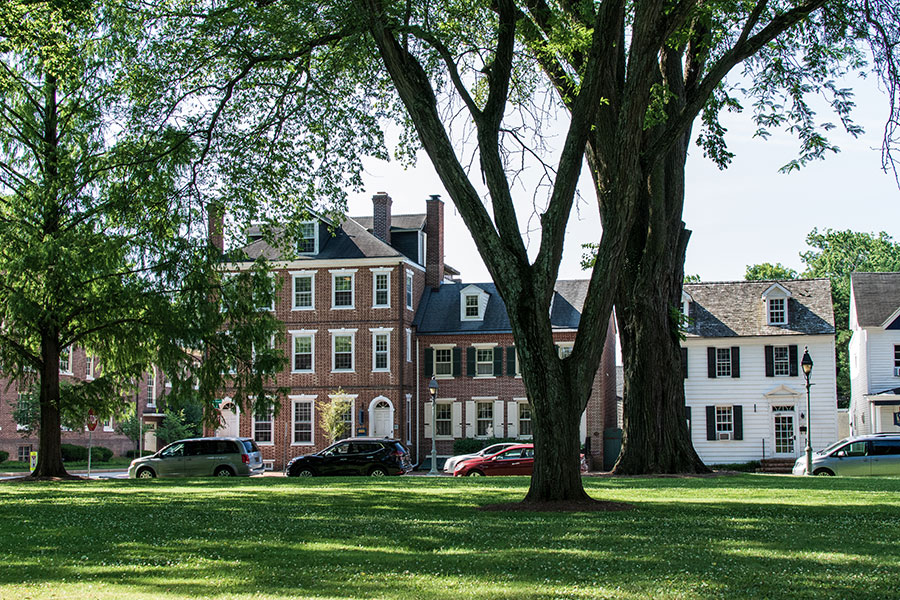
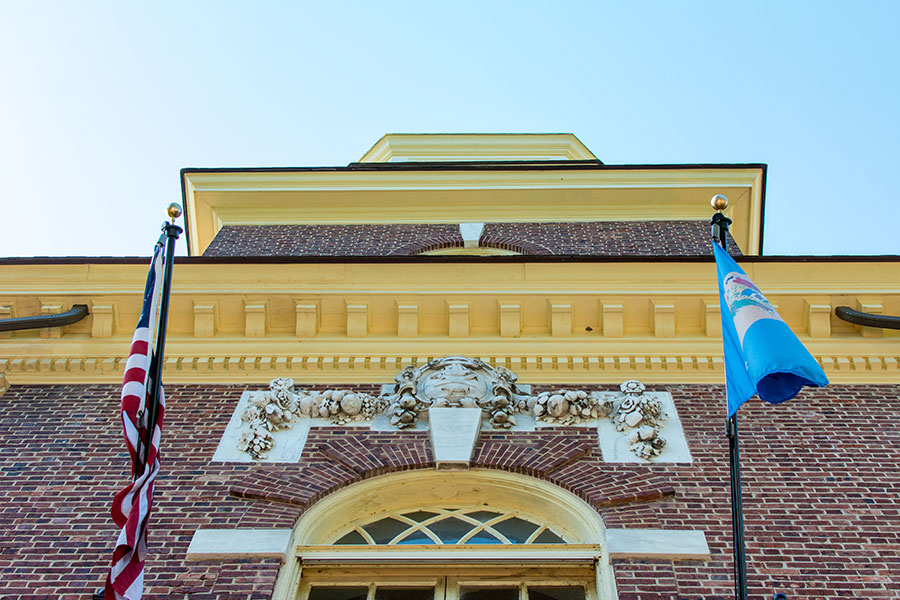
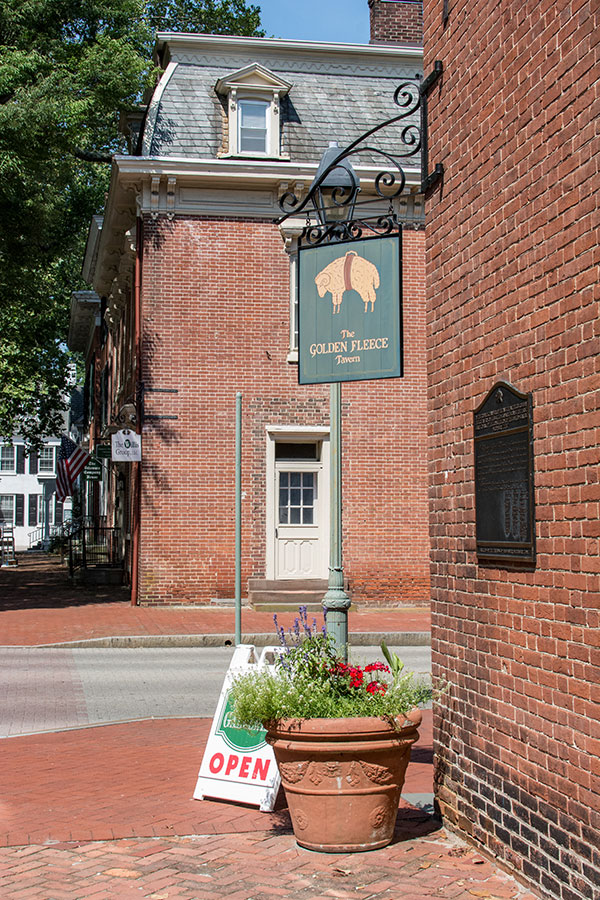
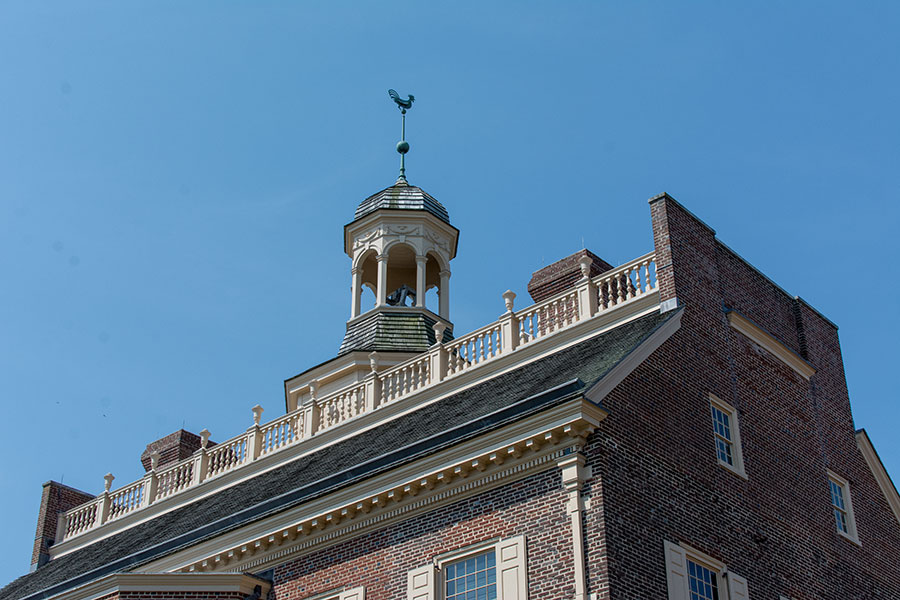
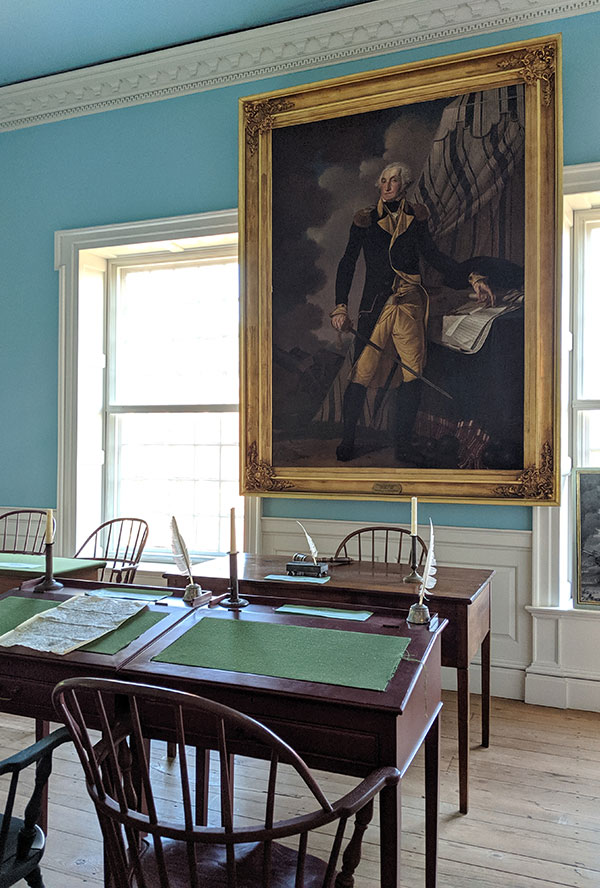
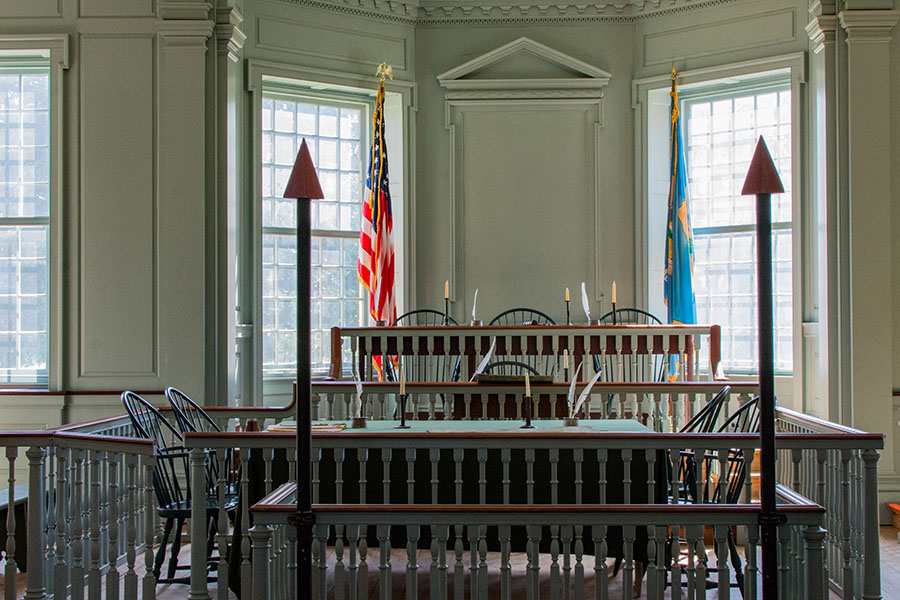
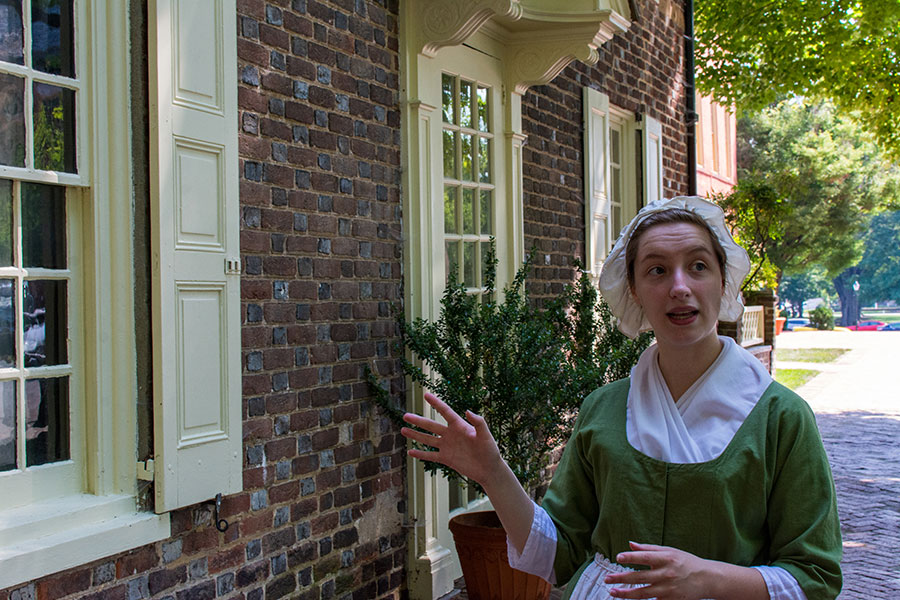
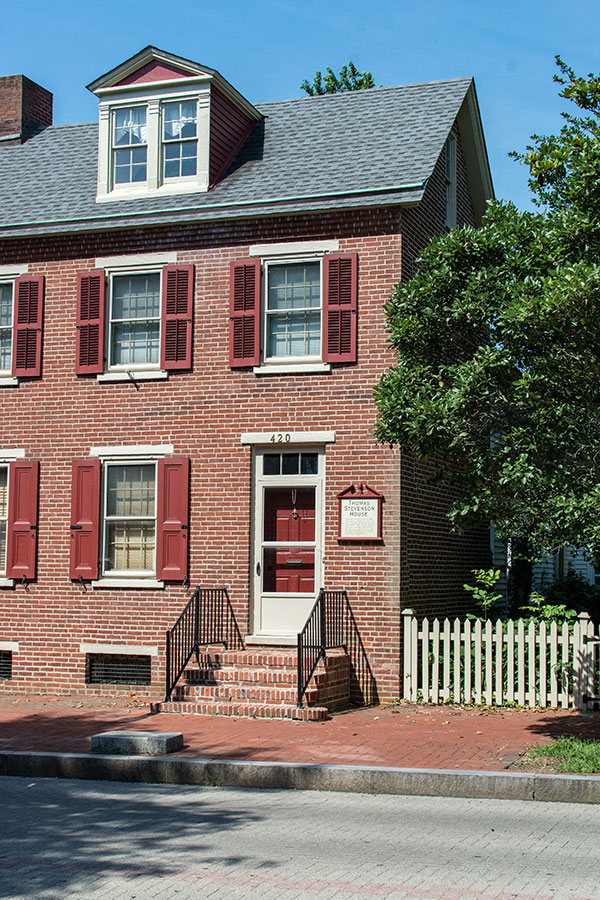
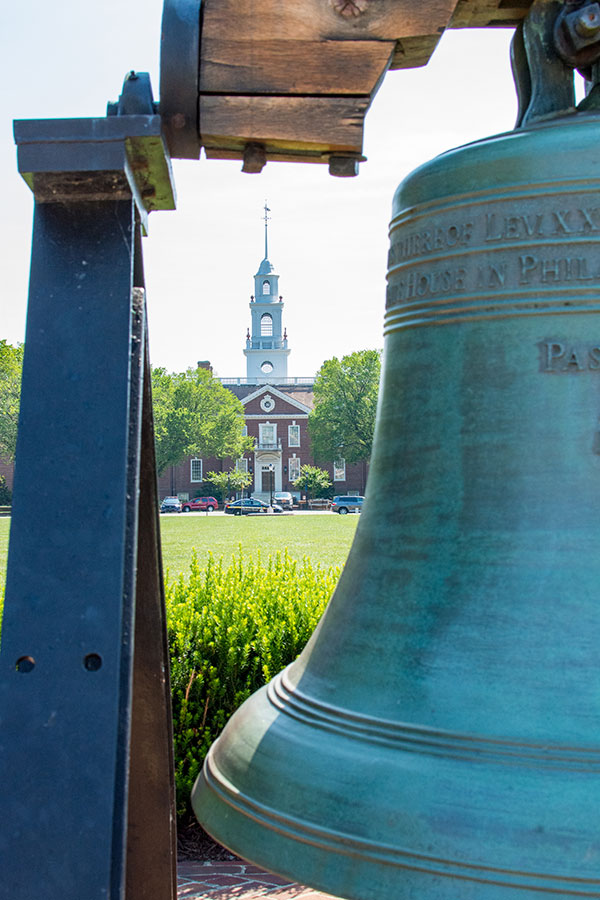
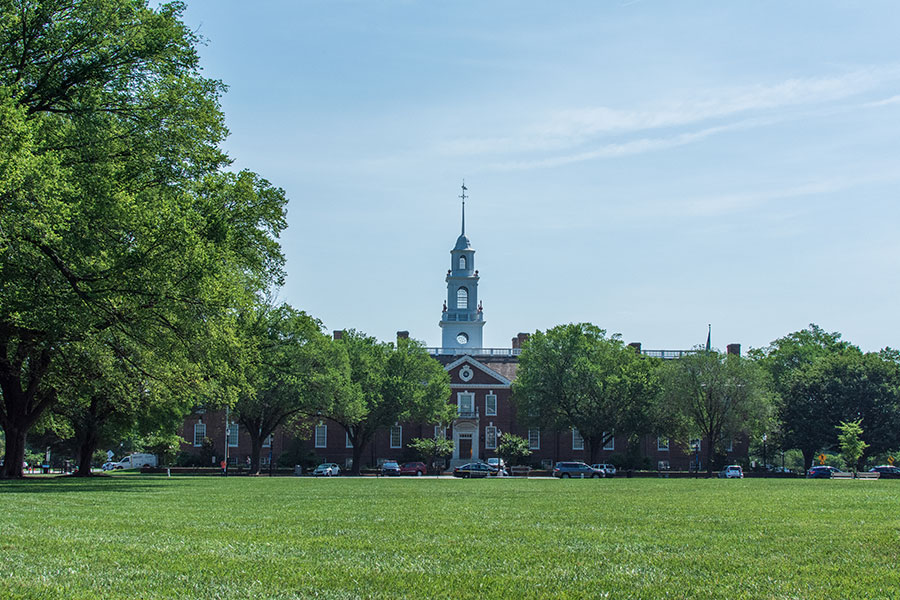
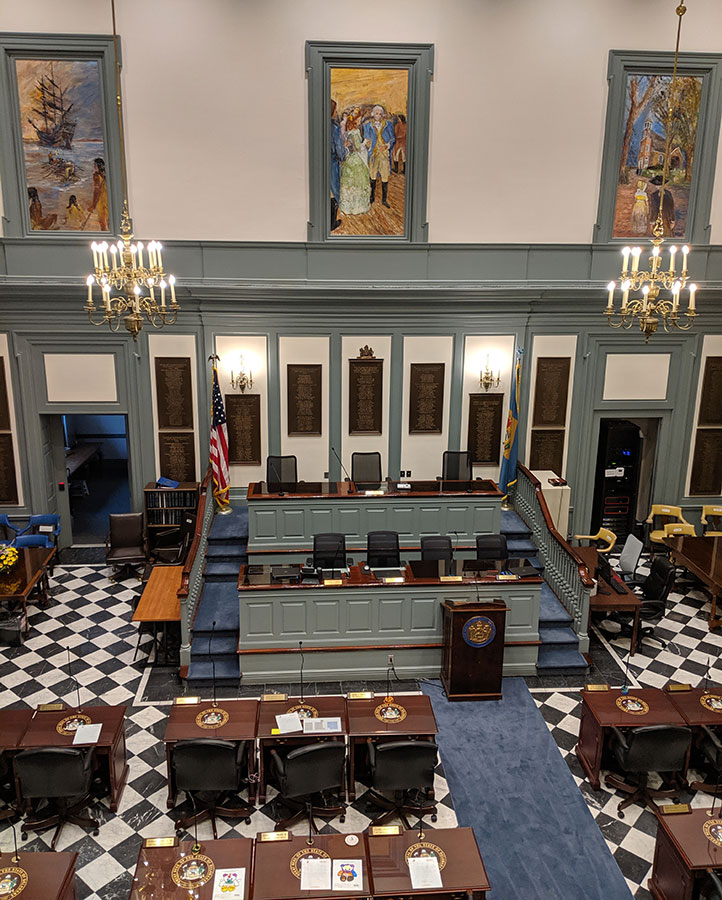
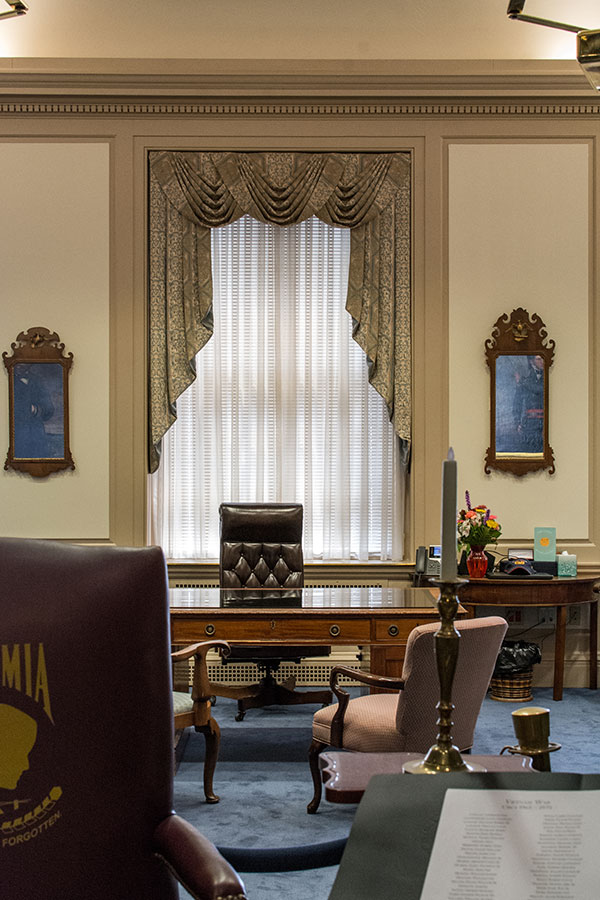
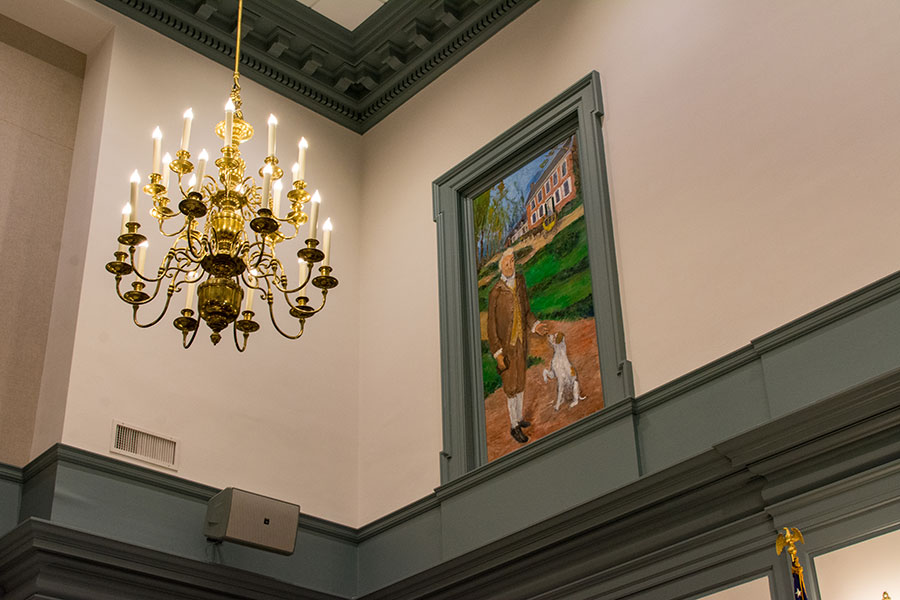
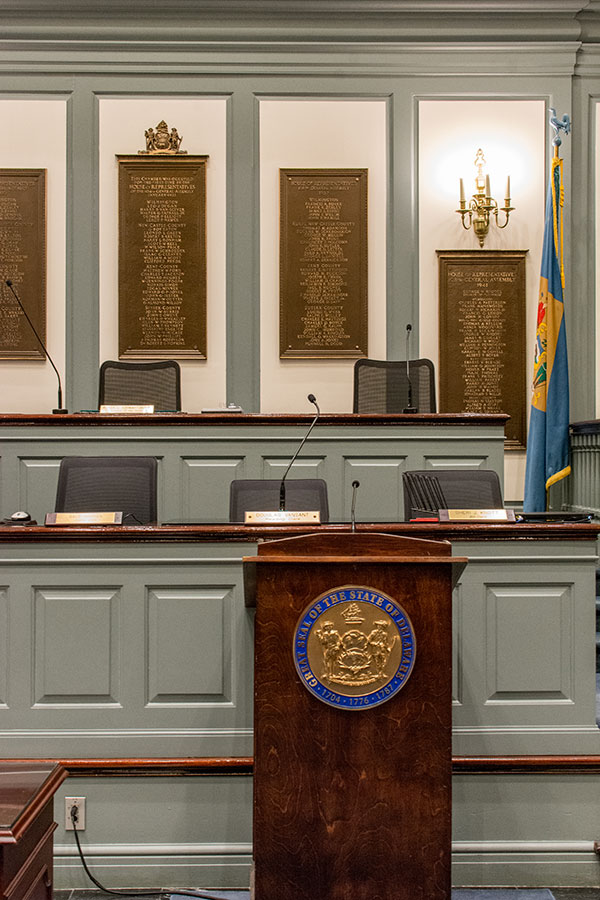
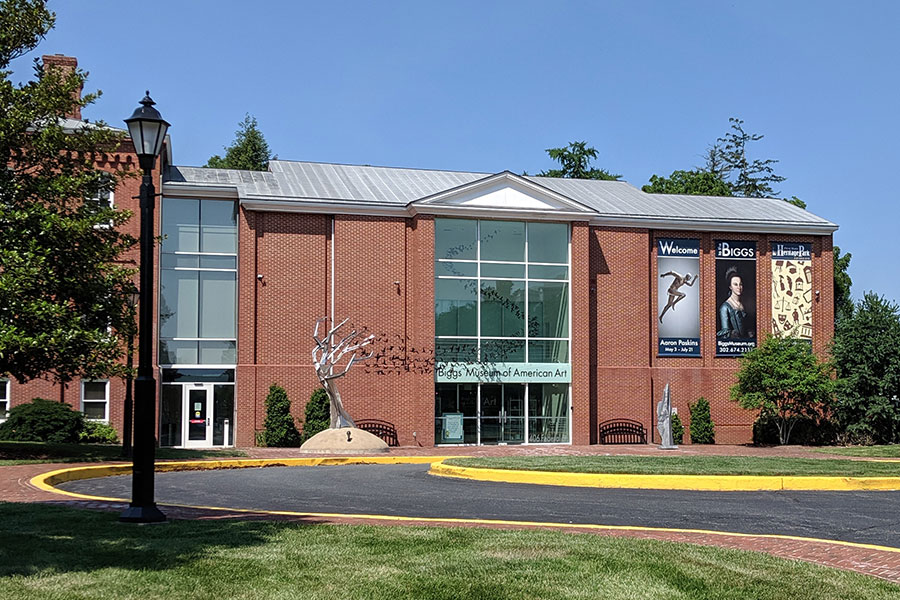
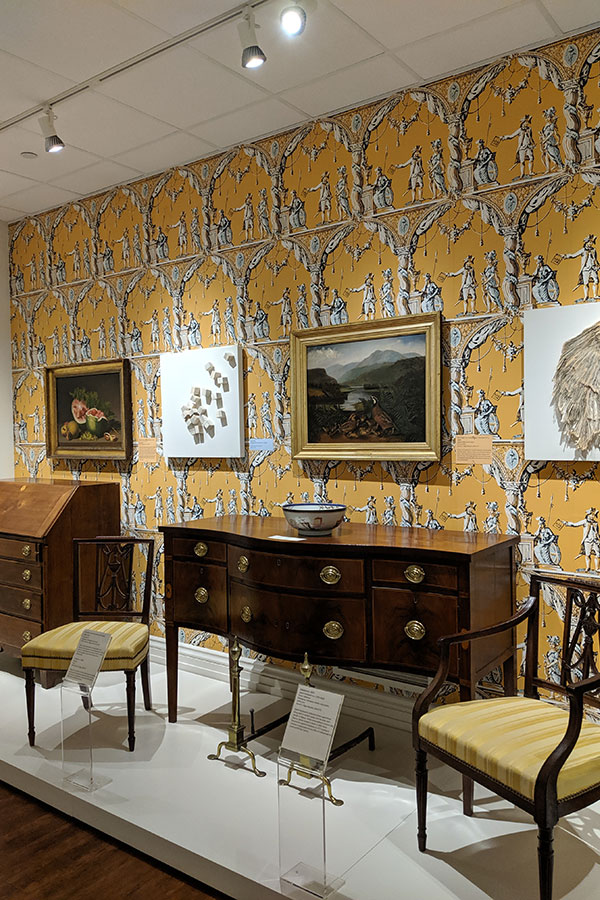
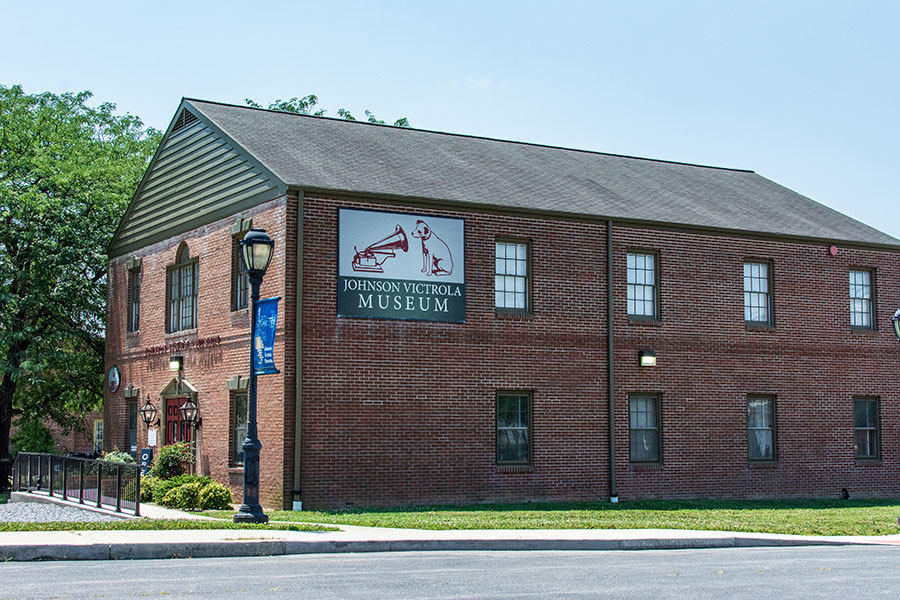
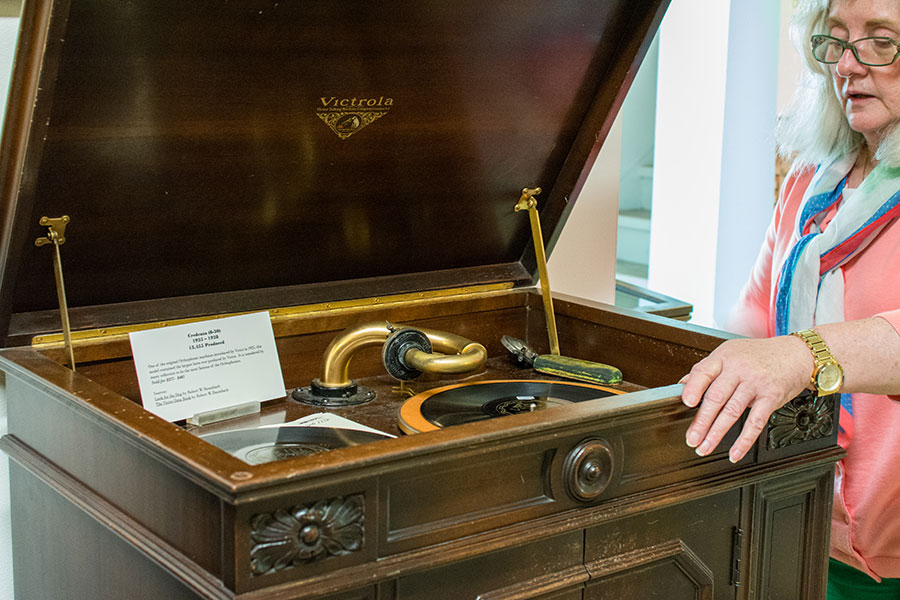

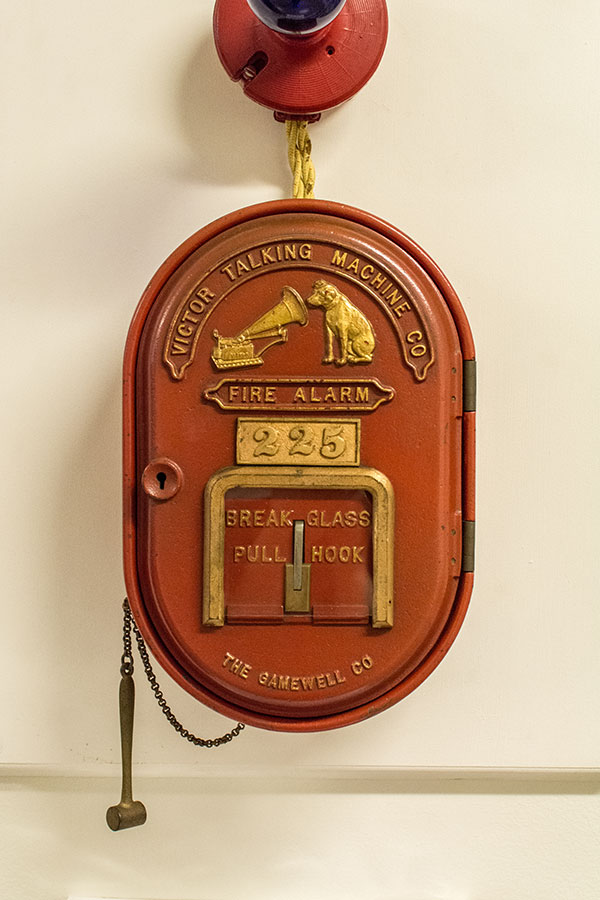
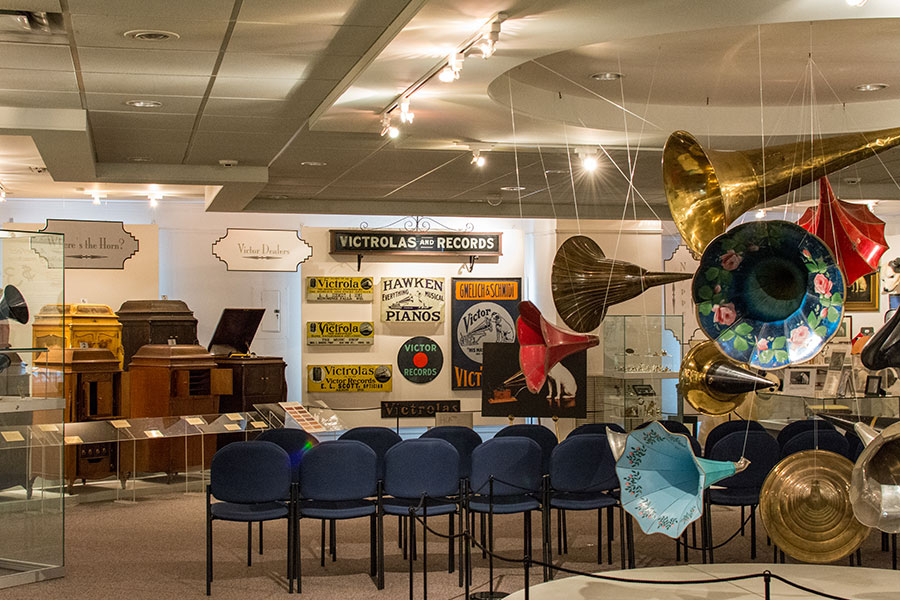
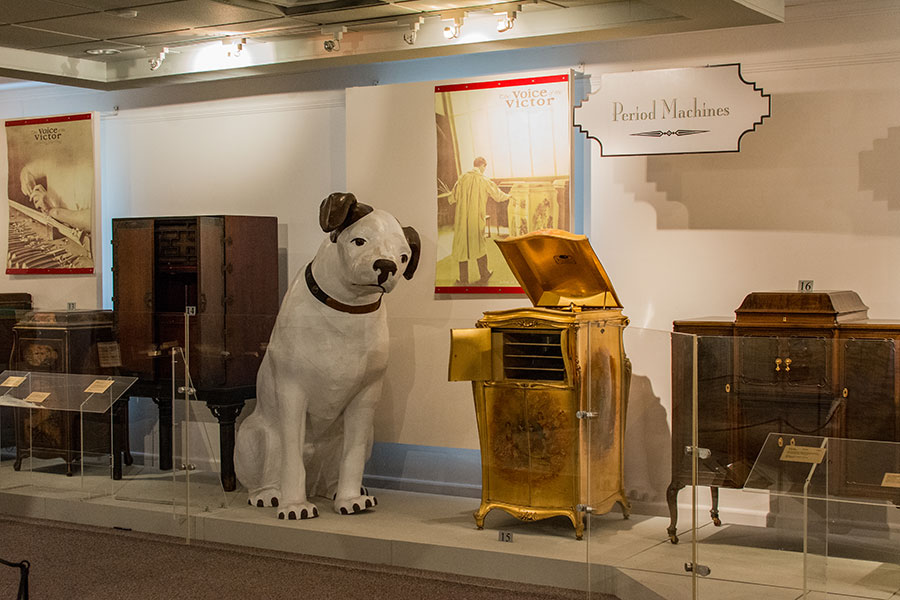
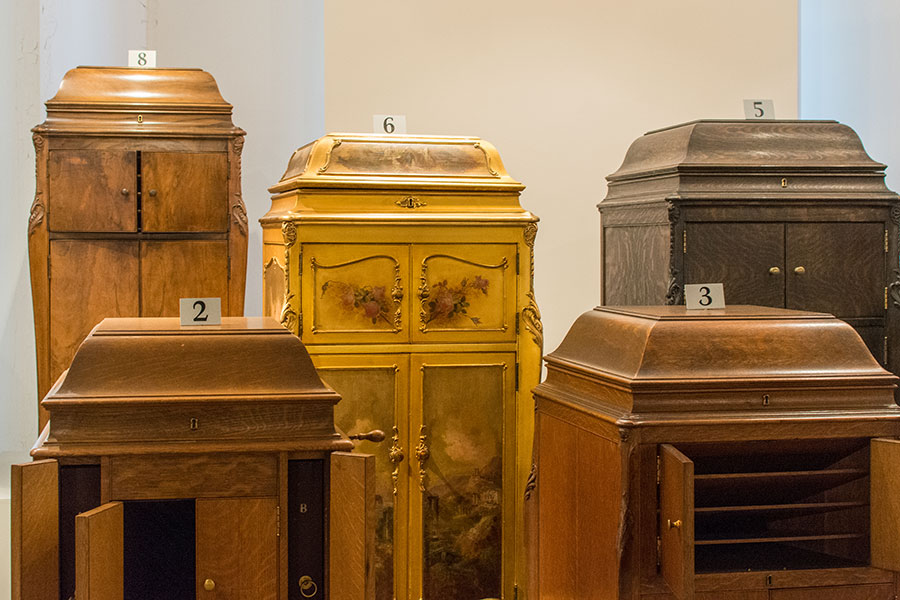
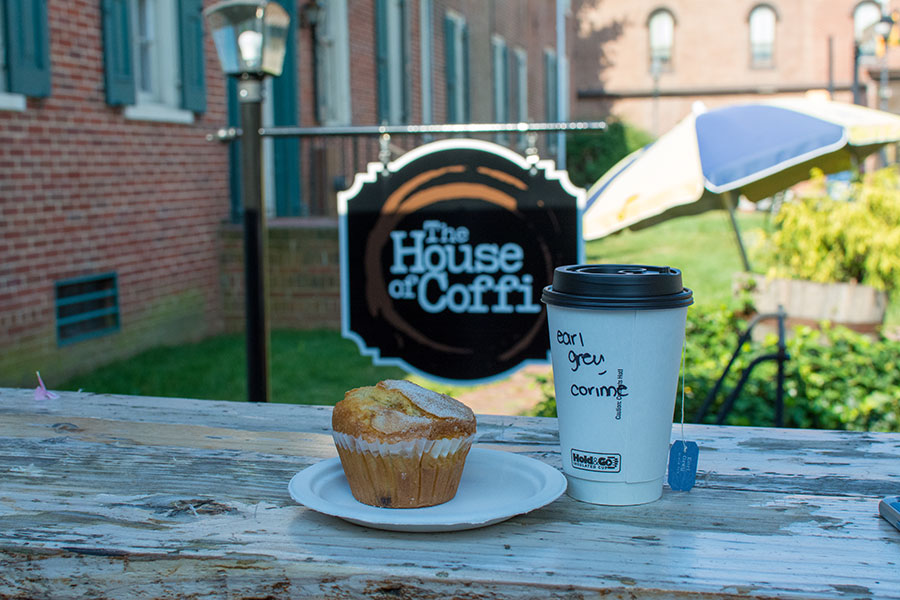
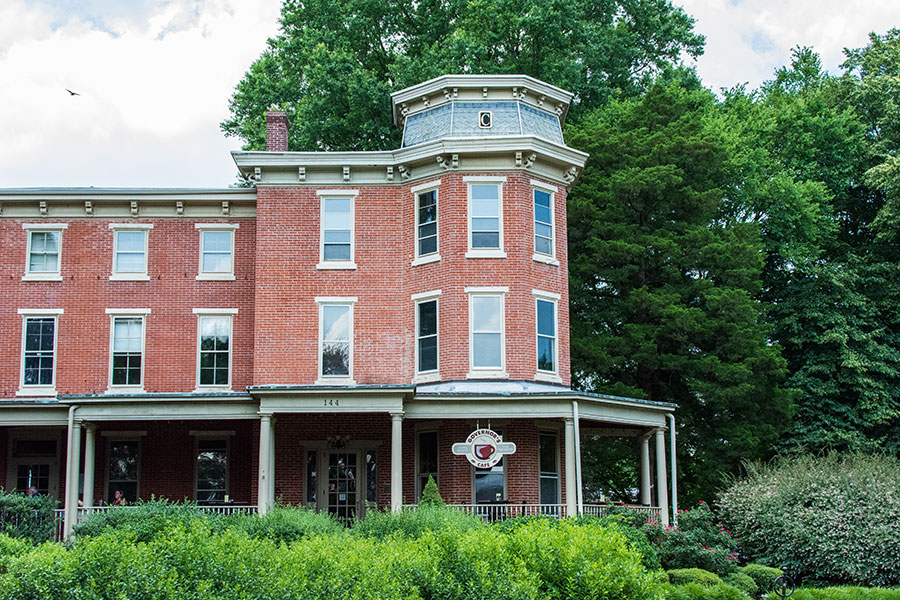
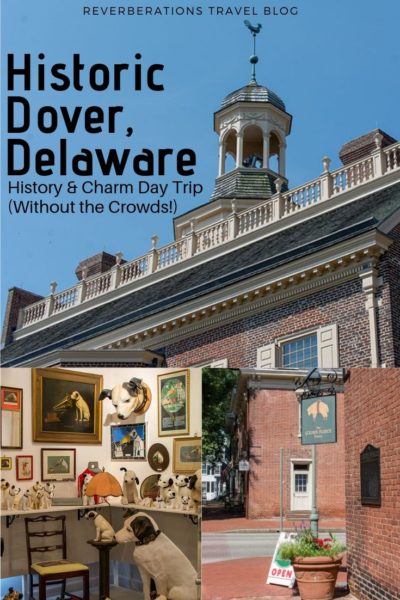
I’ve never been, but I should totally make the trip since it isn’t far from me. Great post!
What a charming little town! Looks similar to Philly’s Old City, and you can beat no crowds.